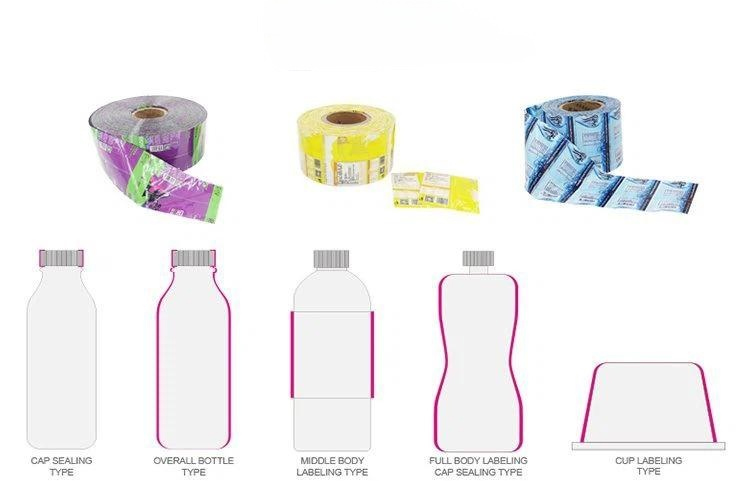What Shrink Film is Best for Your Product?
If you want to keep your product safe and secure for sale, you may have already seen that shrink film can help you do that. There are many kinds of shrink film on the market today so it’s important to get the right type. Not only will choosing the right type of shrink film help protect your product on the shelf, but it will also enhance the buying experience for your customers or buyers.
What Shrink Film is Best for Your Product or Application?
If you want to keep your product safe and secure for sale, you may have already seen that shrink film can help you do that. There are many kinds of shrink film on the market today so it’s important to get the right type. Not only will choosing the right type of shrink film help protect your product on the shelf, but it will also enhance the buying experience for your customers or buyers.
Out of the many types of shrink film, the three main types of film on the market you will want to review are PVC, Polyolefin, and Polyethylene. These shrink films each have properties that cross over to different applications, but specific characteristics of these films may make them more suited for your particular use.
Here are some strengths and weaknesses of each type of shrink film to help you choose which one may be best for your application.
PVC (also known as Polyvinyl Chloride)
Strengths:
This film is thin, pliable, and light, typically more affordable than most shrink films. It shrinks only in one direction and is highly resistant to tearing or puncturing. PVC has a clear, shiny presentation, making it aesthetically pleasing to the eye.
Weaknesses:
PVC softens and wrinkles if the temperature gets too high, and it becomes hard and brittle if it becomes to cool. Because the film has chloride in it, the FDA has only approved PVC film for use with inedible products. This also causes it to emit toxic fumes during heating and sealing, making it necessary to use it in very well-ventilated areas. This film therefore also has strict disposal standards. PVC is not generally suitable for bundling multiple products.
Polyolefin
Strengths:
This shrink film type is FDA approved for food contact since it doesn’t have chloride in it, and it produces much less odor during heating and sealing. It’s better suited for irregularly shaped packages as it shrinks more fully. The film has a beautiful, glossy surface and is exceptionally clear. Unlike PVC, it can withstand a much wider range of temperature fluctuations when stored, saving inventory. If you need to bundle multiple items, polyolefin is a great choice, and it is highly resistant to puncture and tearing. Cross-linked polyolefin is also available which increases its strength without sacrificing clarity. Polyolefin is also 100% recyclable, making it the “green” choice.
Weaknesses:
Polyolefin is more expensive than PVC film, and it may also require perforations in some applications to avoid air pockets or bumpy surfaces.
Polyethylene
Some additional information: Polyethylene film can be used for shrink film or stretch film, depending on the form. You will need to know which form you need for your product.
Manufacturers create polyethylene when adding ethylene to polyolefin during the polymerization process. There are three different forms of Polyethylene: LDPE or Low-density Polyethylene, LLDPE or Linear Low-density Polyethylene, and HDPE or High-density polyethylene. They each have various applications, but normally, the LDPE form is used for shrink film packaging.
Strengths:
Beneficial for wrapping multi-packs of heavy items—for example, a large count of beverages or water bottles. It is highly durable and is able to stretch more than other films. As with polyolefin, polyethylene is FDA approved for food contact. While PVC and polyolefin films are limited in thickness, usually only up to 100-gauge, polyethylene can be scaled up to 1200-gauge, making it ideal for wrapping vehicles such as boats for storage. Uses range from bulk or frozen foods to trash bags and palletizing as stretch wrapping. Check with your manufacturer to know which form (LDPE, LLDPE, HDPE) you should use.
Weaknesses:
Polyethylene has a low shrink rate of around 20% and isn’t as clear as other films. It is more expensive than other films. Polyethylene shrinks while cooling after it has been heated, making it necessary to have additional space for cooling at the end of your shrink tunnel.

For more information, please visit rubber badges for clothing china, reflective labels for clothing company, silicone patches for clothing supplier.